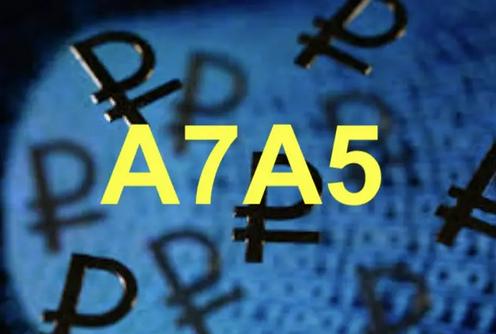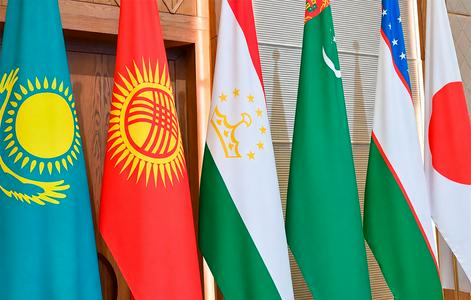Between February and May 2025, transactions exceeding $9.3 billion were conducted using the Kyrgyzstan-issued stablecoin A7A5, which is pegged to the Russian ruble. The cryptocurrency is believed to be part of a mechanism for circumventing Western sanctions imposed on the Russian Federation, according to a report by Economist.kg, citing an investigation by the British newspaper Financial Times.
European journalists claim the token is backed by deposits from Russia’s PSB (formerly Promsvyazbank), a financial institution that services the defense sector and is subject to international sanctions.
Investigators suggest that this digital payment instrument was specifically designed for cross-border transfers in order to bypass restrictions placed on Russia. The cryptocurrency may have been developed by the company A7, which is reportedly controlled by Moldovan businessman Ilan Shor—himself under sanctions from the United States, United Kingdom, and European Union.
The A7A5 token is primarily traded on the Grinex platform, which emerged after the U.S. shut down the major Russian crypto exchange Garantex. Financial Times speculates that Grinex may be a “successor” to the sanctioned exchange. However, Grinex’s management denies any connection and claims to work exclusively with “clean clients.”
The Financial Times reports that 12 billion A7A5 tokens—equivalent to about $156 million—are currently in circulation. The cryptocurrency is actively used by a relatively small group of users, who collectively conduct transactions exceeding the token's total circulation volume on a daily basis. However, the publication could not verify that all users involved are connected to Russia.
The official issuer of A7A5 is a company called Old Vector, registered in Kyrgyzstan. The company describes the token as the “first digital ruble” and promotes its use in foreign trade. Old Vector maintains that the issuance of A7A5 complies fully with Kyrgyz law governing digital assets. The token is backed by ruble deposits in banks associated with Kyrgyzstan, audited biannually, and supported by regular public reports on reserve holdings. Additionally, issuance is conducted through licensed Kyrgyz brokers.










